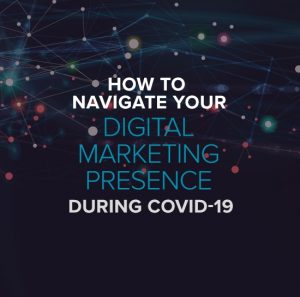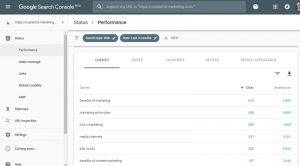— January 4, 2018

hamonazaryan1 / Pixabay
Ever been to a site that definitely doesn’t rank for…anything? The evidence is painfully obvious – no on-page or off-page signals would ever indicate to search engines that the page should come up on top of search engine result pages.
These sites come about because the majority of site owners – and even many web designers – are unaware of anything to do with search engine optimization (SEO) or how to rank for important keywords.
On the complete opposite end of the spectrum, however, you can find those pages that are just…a little too optimized. They’re littered with keywords, hyperlinks, unnecessary amounts of text, and just don’t make a lot of sense from a user’s standpoint. Even if they’re not spammy, they’re just a little bit…too much.
Design is trending towards minimalism. Words are out, but impressive imagery and videos are both in. That doesn’t leave a lot of room for a text-heavy page that appears extraordinarily relevant to any keywords.
With minimalistic sites taking over, even “white hat SEO” can come off like a jumbled mess to users in some cases.
But if you’re designing a site of your own, where do you draw the line? How do you determine what the perfect SEO-optimized, modern-looking page is?
Start here.
Decide on a Core Goal

Free-Photos / Pixabay
The great thing about SEO is that it’s page-specific. One page ranks for this, another for that. Some pages might not rank for anything at all, and that’s totally okay.
But for each and every page you design, carefully consider its utility before you publish it.
Ask yourself: Why does this page even exist?
If the page is intended to be the landing page for a paid advertising campaign, you might be best served to prioritize a streamlined user experience (UX) that doesn’t necessarily utilize keywords or any kind of advanced SEO methodology. That way, you can keep things simple so that the page appeals to users.
On the other hand, if the page is meant to rank organically on search engine result pages (SERPs) you would definitely want to think about how you can best optimize it while still maintaining a great user experience (since UX does play into SEO, after all!)
Figure Out How Much is Too Much

Free-Photos / Pixabay
Beautiful, minimalistic pages often lack important information, but SEO-oriented pages often give just a little bit too much and become overwhelming.
There’s no set point that I can refer to and say “that’s too much”. The thing is, users simply know it when they see it. Test out a couple of different page designs. How does shrinking a word count impact click-through rates? What does it do to your keyword rankings?
What does adding just a little bit more information do? Is your page becoming more relevant to users so that they’re staying on it longer and finding what they need?
The only formula for success with on-page optimization is experimentation.
Know the Way to Win (Every Time)

rawpixel / Pixabay
Trying to figure out the perfect balance between SEO and minimalistic UX is never easy, but it is possible. The key is to know this:
Users should always come first.
When you consider why your pages exist and what they should look like, you should be thinking about what a user might be considering when they land on one of your pages. Are they trying to learn something, looking to be inspired, searching for a way to contact you, etc.?
Depending on their intentions, their expectations for what they’ll find can be entirely different from one another. Your job is to figure out what the majority of users are looking for so that you can provide it for them. Do that successfully and you’ll find yourself with a huge advantage in SEO, a successful site design, and a working strategy.
Digital & Social Articles on Business 2 Community
(46)
Report Post






